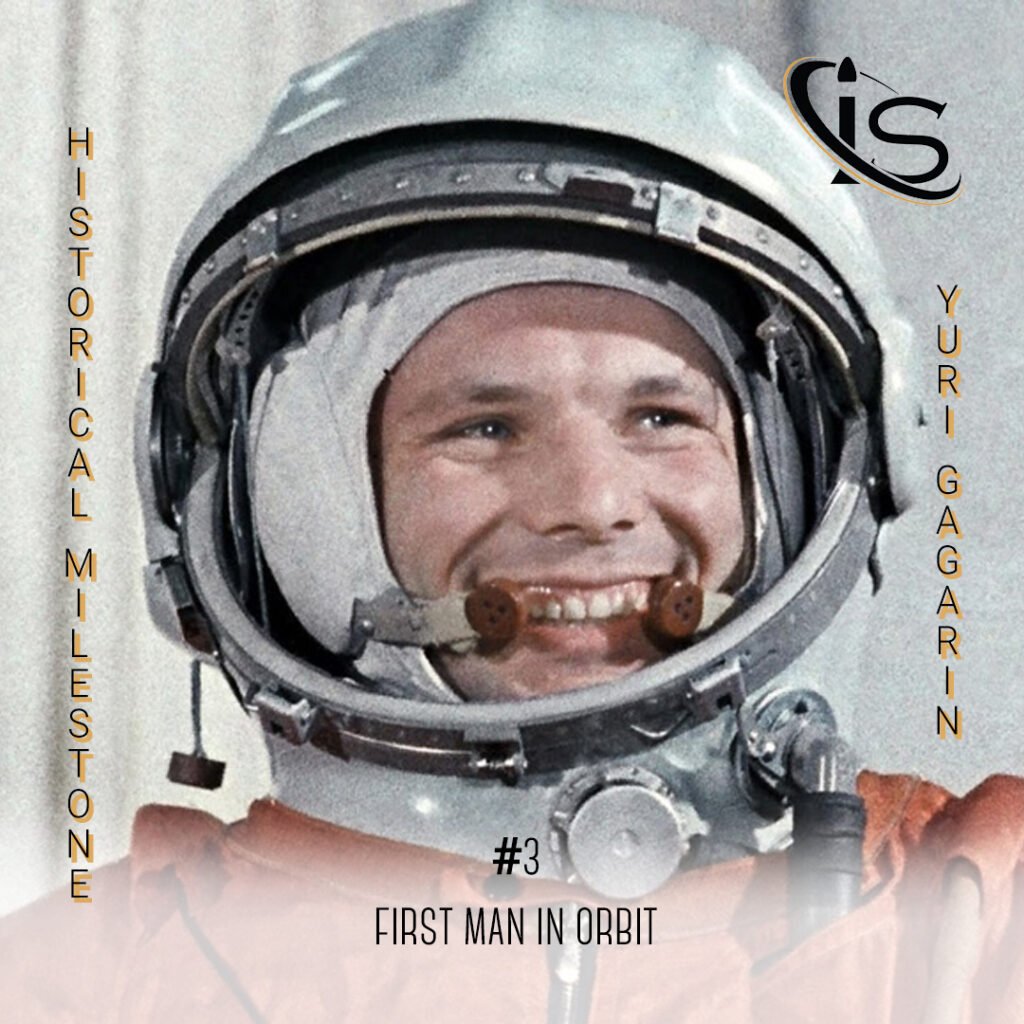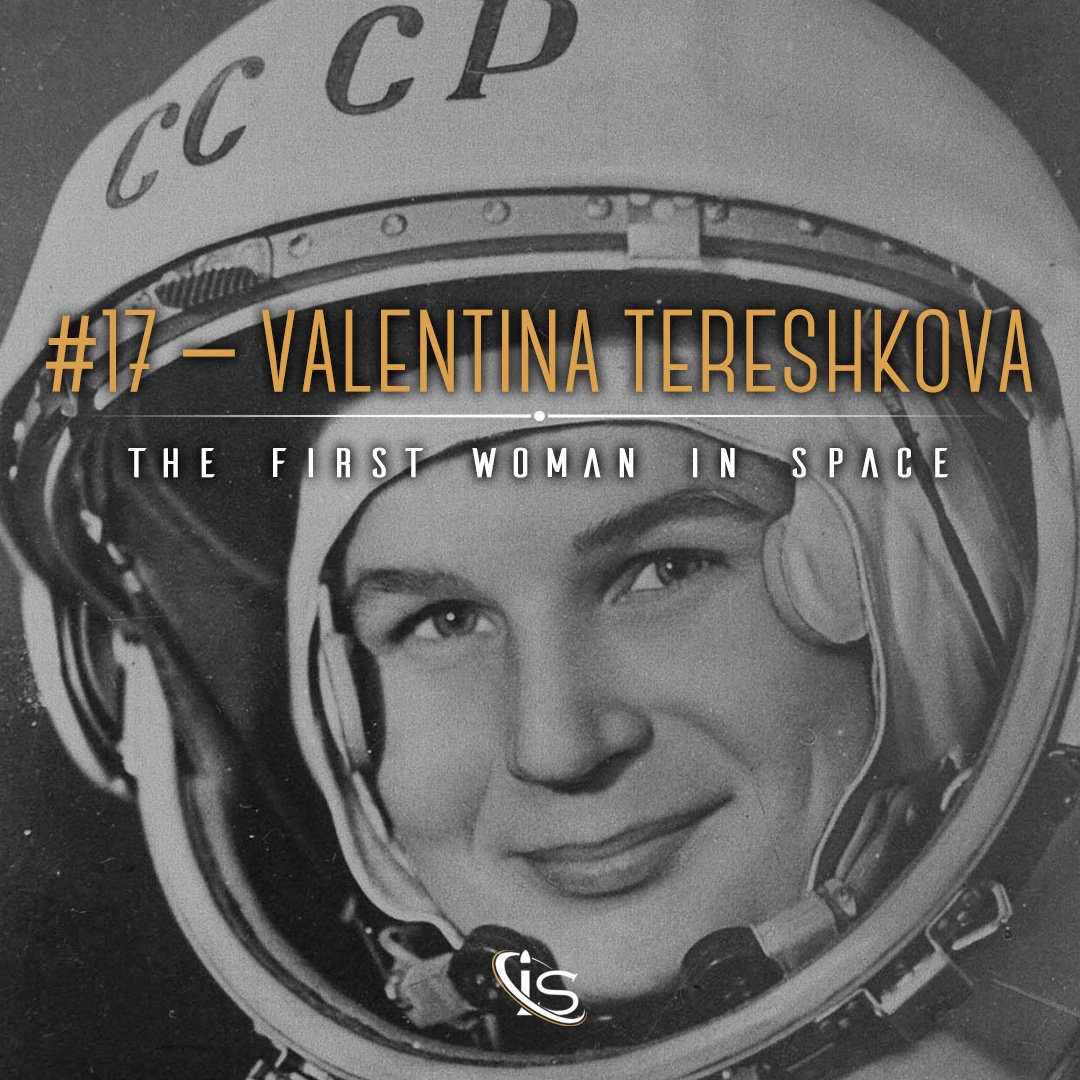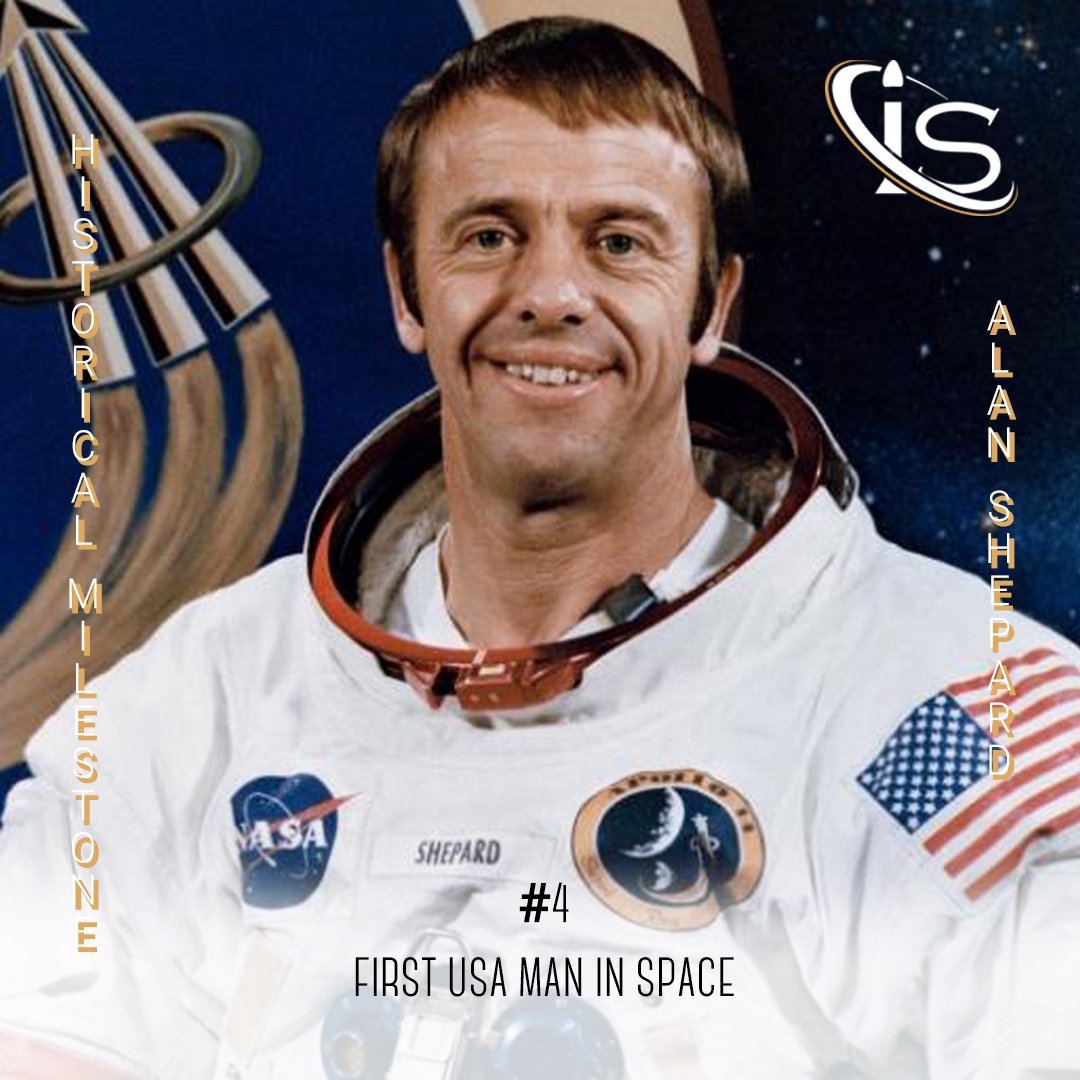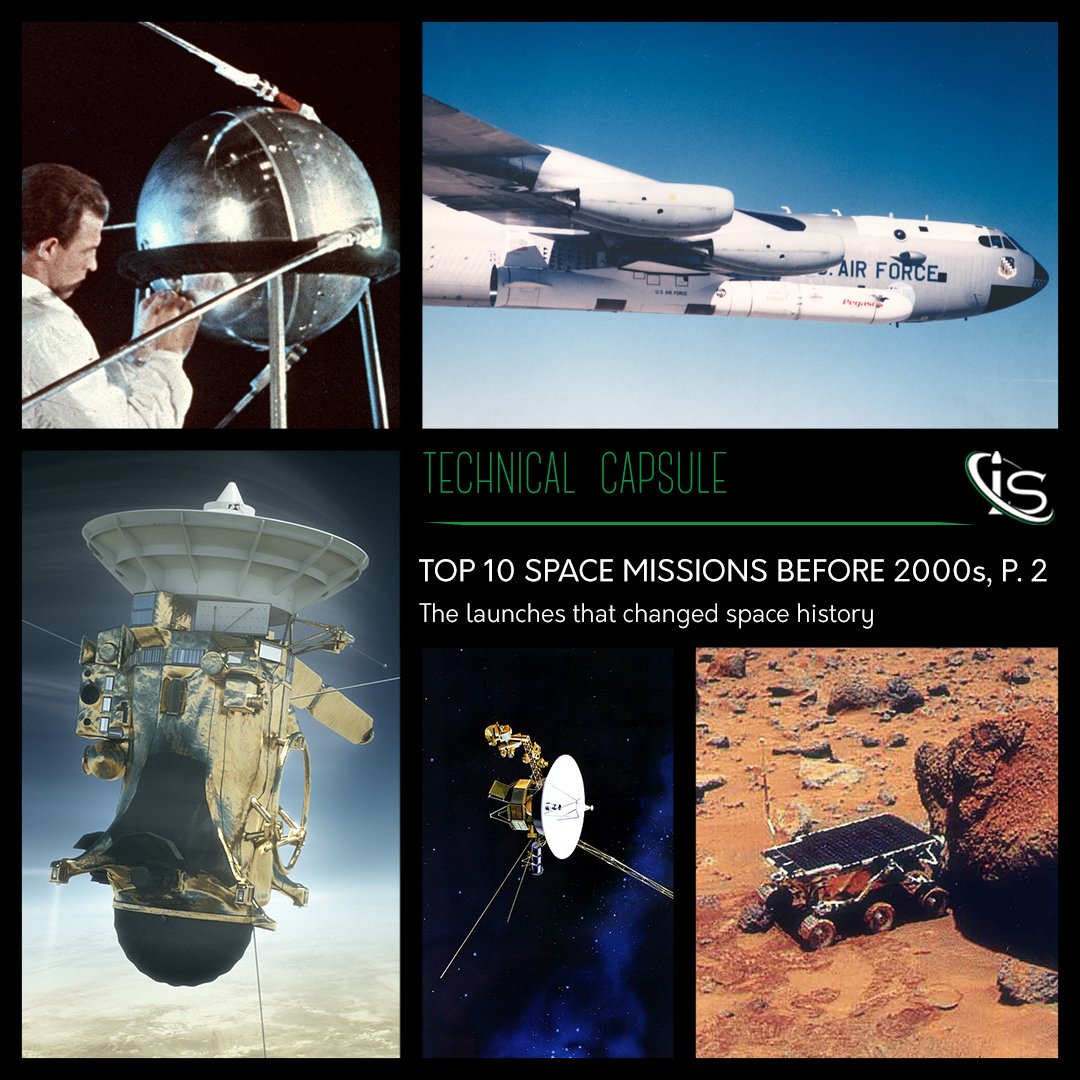
Life Before Space
On March 9th, 1934, Yuri Gagarin — the first man to ever go to space — was born. Hailing from the Soviet Union, his family worked on a collective farm. The Gagarin residence was, unfortunately, occupied by Nazis during the war. During this time, even as a child, Yuri refused to work for the Germans and actively sabotaged them when he could. This, eventually, led to him being hospitalized due to the beatings he received from the invaders. When the German army was forced to retreat, Gagarin helped the Red Army uncover buried mines that were left behind by the Nazi forces.
Afterwards, Yuri Gagarin started training as an apprentice foundryman. However, he ended up being selected to receive further training in a technical high school, in Saratov. This is where his passion for aerospace began.
Aero Studies and the Vostok Program
First, he joined the school’s “AeroClub”. Then, after finishing his studies there, Gagarin went on to enroll in the Orenburg Military Pilot’s School. This is also where he met his future wife, Valentina Goryacheva. After graduating from the academy, he was stationed in Murmansk Oblast, at a Loustari Airbase.
In 1960, Yuri Gagarin and 19 other pilots were selected for a secret Soviet program, designed to send the first man into space. Gagarin was further selected for the Sochi Six, an elite training group made up of the first cosmonauts of the Vostok program. Out of these six, only two, Yuri Gagarin and Gherman Titov emerged as the potential choices for the first manned spaceflight. The criteria that led to this decision were twofold: their performance in the training regimen and their size. Due to the small space inside the Vostok cockpit, having shorter men was highly preferred. Gagarin, himself, was only 1.57 meters (5’ 2”). As a fellow short man (not quite that short, but still) this is one of my favorite fun facts, ever.
The Grueling Training
The training endured by the candidates was very intense, with their physical and psychological capabilities being equally tested. Some of the experiments included experiencing g-forces in a centrifuge and oxygen starvation. The latter consisted in being isolated in a room that would slowly have air being pumped out. Nevertheless, Gagarin persevered through all of it.
To give an idea of how well he performed, this is what an air force doctor had to say about Yuri: “Modest; embarrasses when his humour gets a little too racy; high degree of intellectual development evident; fantastic memory; distinguishes himself from his colleagues by his sharp and far-ranging sense of attention to his surroundings; a well-developed imagination; quick reactions; persevering, prepares himself painstakingly for his activities and training exercises, handles celestial mechanics and mathematical formulae with ease as well as excels in higher mathematics; does not feel constrained when he has to defend his point of view if he considers himself right; appears that he understands life better than a lot of his friends.”
This doctor was not the only one to hold Gagarin in high regard. Part of the selection process was having each of the 20 candidates pick who of the others they believed to be the best candidate for becoming the first man in space. Out of his 19 colleagues, only 3 ended up picking someone that was not Yuri.
Vostok 1
On April 12th, 1961, the much-awaited moment finally arrived. Yuri Gagarin was launched into space aboard the Vostok 1 spacecraft. The launch itself occurred at 11:07 am Baikonur time, from the Baikonur Cosmodrome. However, at 5:30 am, Yuri Gagarin and his backup, Gherman Titov, were woken up to have breakfast and get ready for launch. Even though Gagarin had originally entered Vostok 1 at 7:10 am, it was discovered that the seal was not complete, causing technicians to spend almost an hour fixing the issue. Remarkably, Gagarin remained calm throughout the procedure and all the way up to his launch.
Once the spacecraft did lift-off, it took approximately 10 minutes for it to reach orbit. After about 1 hour, Vostok 1 began the reentry procedures. Part of these was the separation of the reentry and equipment modules. However, due to some wires getting bundled, this separation was not successful. The immediate effect was strong gyrations upon reentry. These eventually led to the wires breaking and the modules, finally, separating. Interestingly, Gagarin reported that “Everything is OK”, even though the gyrations were persisting. It turned out that his (correct) reasoning was that the round shape of the module was contributing to this phenomenon. Therefore, the gyrations were not posing an actual threat to the mission.
Back on Earth
Once Vostok 1 descended to an altitude of 7 km, Gagarin ejected from the spacecraft, as planned. While his parachute was deployed almost immediately after the ejection, the one for Vostok would not unfurl until 2.5 km from the ground. Both Gagarin and the spacecraft landed 26 km southwest of Engels, at 51o N 45o E. Here, something amusing happened right after Gagarin landed. A farmer and her daughter saw him walking towards them in his spacesuit with the open parachute following behind, which led to them backing away in fear. This prompted Gagarin to say, “Don’t be afraid, I am a Soviet like you, who has descended from space and I must find a telephone to call Moscow!”.
Life After Vostok 1
After his mission, Gagarin returned to the Soviet Union as a hero and became a global celebrity. The USSR had him tour all over the world to promote his achievement. He also served as backup pilot to Vladimir Komarov on Soyuz 1. However, that mission ended in a fatal crash, leading to the Soviet Union banning Gagarin from ever participating in — or even training for — future spaceflights.
Unfortunately, Gagarin still ended up dying very young under similar circumstances. On March 27th, 1968, Gagarin was on board a MiG-15UTI fighter with flight instructor Vladimir Seryogin. What was supposed to only be a routine training exercise ended in tragedy, with the plane crashing near the town of Kirzach.
However, Gagarin’s legacy lives on as, out of respect for one of the most important individuals in the history of the space industry, he was laid to rest in the wall of the Kremlin in Red Square. The city of Gzhatsk, close to Gagarin’s hometown of Klushino, was also renamed Gagarin in his honor.





